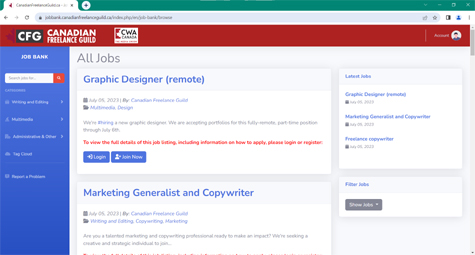By Nasr Ahmed
Ontario students are about to walk out of class, here’s why the rest of us should take their lead.
On Friday, January 25th, thousands of angry college and university students took to the streets of Toronto, standing shoulder to shoulder in Yonge-Dundas Square in the blistering cold weather. With them, they carried signs with slogans like “education is a right” and “fund our future”. Images would roll in on social media from the high-rise buildings above, showing a swarm of bodies marching through the streets and ending eventually on the lawn of Queen’s Park. The “March Against OSAP Cuts” was one of the largest mobilizations of Ontario students in years, but this was just the beginning of the fightback that these students would mount in the face of a provincial conservative government determined to make sweeping changes to the funding of post-secondary education. On Wednesday, March 20th, nearly two months after the initial demonstration, students from 13 separate colleges and universities from across Ontario will walk out of their classes at noon and continue to escalate their protest of the Ford government’s cuts to OSAP and post-secondary education.
Cuts to OSAP and the so-called “Student Choice Initiative”
Back on January 17th, the Ontario government announced a set of reforms targeting the funding of post-secondary education. Included in this was a commitment to ending the previous Liberal government’s “free tuition” program that was aimed at the province’s neediest students. In its place, they will be reverting to a grant-and-loan system that fewer students will be able to take advantage of as most of the grants will go to students whose families have an income of less than $50,000.
Qualifying for OSAP (The Ontario Student Assistance Program) will also look different should these reforms pass. While in previous years, families earning up to $175,000 could qualify for some funding, that threshold is now reduced to $140,000. Not stopping there, the Tories have also proposed getting rid of the six-month interest-free grace period for repaying OSAP loans. This means that as soon as a student graduates, the interest on their student loans begins to collect, regardless of whether or not they have a job and a steady income lined up.
Along with these changes to OSAP, Post-secondary Minister Merrilee Fullerton also announced what she calls “The Student Choice Initiative”, which will see the end of most mandatory “ancillary” fees starting this fall, which she claims can add as much as $2,000 a year to students’ post-secondary costs. However, these fees provide funding for all kinds of on-campus groups including student unions, campus newspapers and campus radio stations. Students will only be required to continue paying for those programs that support health and wellness, or mental health — like athletics, walk safe programs or counselling and career services. The rest they can opt-out of. Nour Alideeb, Chairperson for the Canadian Federation of Students – Ontario, describes the student choice initiative as “an unprecedented attack on student groups that have historically always stood up for student rights.”
CWA Canada Associate Members get involved
The CWA Canada Associate Members Program represents student journalists from all across Canada. A large number of our student members belong to campus newspapers and radio stations that are currently under threat of losing their funding due to the student choice initiative. With our members under direct attack by this conservative government, Associate Members joined the fight back against Ford’s proposed cuts to education with full force.
A letter writing campaign was launched immediately, requesting students and the general public to use this tool to voice their complaints about these changes to both Premier Ford and Minister Fullerton. The CWA Canada Associate Members are also working closely on the ground with student groups like CFS Ontario, The Canadian University Press, The National Campus and Community Radio Association, Socialist Fightback and others to organize further demonstrations and to bring this fight to individual school administrations around the province. Through this effort, we hope to show these administrations that all of these important student groups are indeed “essential”.
The walkout & the road ahead
With several mass demonstrations at Queens Park and around the province behind them, the students of Ontario are now preparing to walk out of classes at noon on Wednesday, March 20th. Aleksei Shkurin, a PhD student at U of T says he “strongly supports the walkout” and believes “that student mobilization in Ontario has just started.” As the walkout approaches, escalation seems to be on everyone’s mind including Marco La Grotta, an editor and organizer with Socialist Fightback who claims that students need to “escalate their actions” and that “student unions need to initiate a plan for student strikes, beginning with one day strikes and leading towards an Ontario-wide unlimited strike.”
When discussing the next steps and where the student movement in Ontario goes from here, students have been making reference to the 2012 Quebec student strikes and for good reason, Maral Nour, a Biology student and Socialist Fightback organizer at York University states that “we need to learn from the Quebec students, who successfully waged a fight against their own government’s attempt to cut education funding and increase their tuition in 2012. The student unions organized strikes across the province, demanding that the government eliminate tuition altogether. Students and workers in Quebec showed the way forward for us in Ontario.”
As one student movement picks up where another one left off, the rest of us would be wise to follow their lead.
Nasr Ahmed is a union organizer and CWA Canada Associate Members Program Coordinator. He is a former television producer with CBC Sports and technical director with the Brampton Beast Hockey Club. You can find him at @nasrahmed93.




